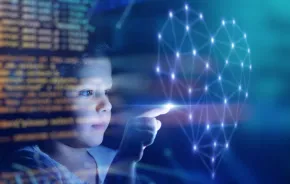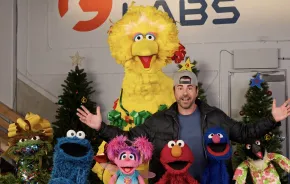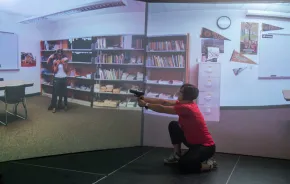
Photo:
iStock
Science is about finding answers to the types of questions kids ask every day. But instead of thinking of science as a way to satisfy our curiosity, some kids think science means memorizing irrelevant facts discovered by dull people. If your child thinks science is boring (or even if they love it already), the right story could spark a lifelong love of learning or introduce them to a completely new idea or concept they never considered before. We’ve rounded up some novels and narrative nonfiction that will hopefully inspire your kids to break out the lab coat.
Science-theme picture books for young kids
“A Boy and A Jaguar,” Alan Robert Rabinowitz
In this autobiographical science picture book, Rabinowitz recalls his childhood fascination with the big cats at the Bronx Zoo, who seemed so sad in their cages. Although he suffered from a severe stutter, he could speak to animals easily. He resolved to become an advocate for wild cats and grew up to have adventures as a conservationist in Belize and Myanmar, where he established wildlife preserves.
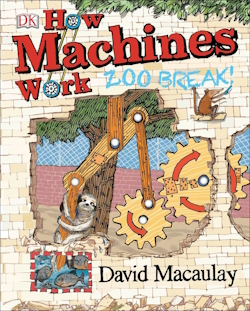
“How Machines Work: Zoo Break!,” David Macaulay
Sloth and Sengi are plotting a daring escape from the zoo in this DK interactive picture book with press-out models, pop-ups and pull-outs. While the critters build their escape machines, young readers will learn about levers, pulleys, screws, inclined planes, wedges and wheels and how they power technology from bicycles to drills.
“Fairy Science,” Ashley Spires
By the same author as “Ada Twist, Scientist” — another great science read for kids — his picture book tells the story of Esther, a little fairy who doesn’t believe in magic. When one of the trees in her forest stops growing, Esther uses science to get to the root of the problem.
“Count on Me,” Miguel Tanco
Once kids get the idea that math is hard and boring, it’s hard to change their minds. So start them off early with a different idea. The protagonist of this book is a little girl who sees math in all the beautiful things — the circles a stone makes in the lake and the curve of a playground slide — placing math alongside the arts as a way to appreciate the wonder of the world.
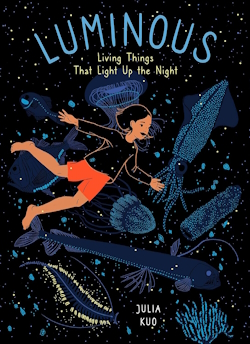
“Luminous: Living Things That Light Up the Night,” Julia Kuo
Your little one might stop being afraid of the dark and want to go exploring at night after reading this (literally) radiant book. With vibrant illustrations against a black background, “Luminous” introduces children to the concept of bioluminescence and the variety of animals with this wondrous ability, from fireflies to glowworms, deep-sea fish and vampire squid.
Science books for middle grade readers
“The Brilliant Deep,” Kate Messner
For a simple book, “The Brilliant Deep” packs in a lot. Starting with a little boy’s love of swimming in the ocean, it tells the true story of Ken Nedimyer, the conservationist who pioneered coral reef restoration. Not only do kids see an example of how a passionate interest can lead to a career, but they also learn a little bit about ocean ecosystems and how one person can make a difference against environmental decline.
“The Friendship Code,” Stacia Deutsch
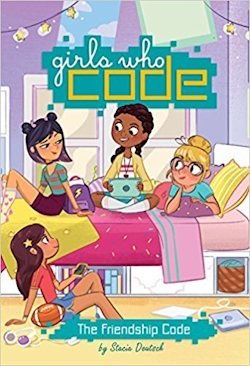
If the girls in the Babysitters Club developed apps instead of a babysitting business, you’d have the new middle grade Girls Who Code series. Published in partnership with the educational nonprofit of the same name, the Girls Who Code books encourage girls to explore STEM as an avenue for problem-solving and building friendships.
“Frank Einstein and the Antimatter Motor,” Jon Scieszka
What’s better than getting a young reader to enjoy books about science? Getting a reluctant reader to enjoy books about science, of course. With funny illustrations and Wimpy Kid-type humor, each book in the Frank Einstein series integrates scientific principles into a madcap adventure. Kid-genius and inventor Frank Einstein loves figuring out how the world works by creating household contraptions. In the first book, kids learn about physics when Frank’s homemade robots are stolen by his arch-nemesis T. Edison.
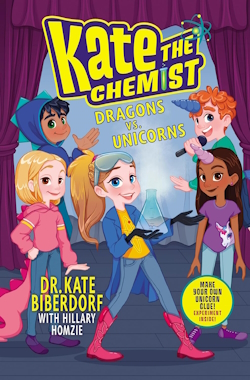
“Dragons vs. Unicorns,” Kate Biberdorf
Kate the Chemist is the 10-year-old alter ego of real-life scientist Kate Biberdorf, who teaches at the University of Texas and travels the country entertaining kids with science (like a next-gen Bill Nye). In this first book in the mystery series, Kate uses her chemistry skills to figure out who is sabotaging the school musical.
“How We Got To Now: Six Innovations That Made the Modern World,” Steven Johnson
This narrative nonfiction book sits somewhere between those encyclopedic fact books so popular with elementary kids and traditional biographies of scientists. In it, Johnson presents the stories behind six different discoveries related to glass, cold, sound, clean, time and light that changed the course of history. Along the way, kids learn how accidental genius, brilliant mistakes and unintended consequences can be as important to new discoveries as the scientific method.
Young adult books about science
“The Code for Love and Heartbreak,” Jillian Cantor
Got a teen who prefers romance or classic literature to science? No problem, Jillian Cantor’s “Code for Love and Heartbreak” is a modern-day retelling of Jane Austen’s “Emma.” This contemporary girl is the co-president of her school’s coding club and does all her meddling via her new matchmaking app. Bonus: This time around, there’s no inappropriate age gap with Emma’s own perfect match.
“The Disappearing Spoon: And Other True Tales of Madness, Love, and the History of the World from the Periodic Table of the Elements,” Sam Kean
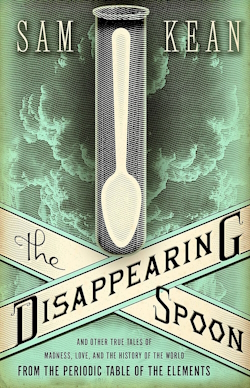
At first glance, few things encapsulate the dry recitation of facts that passes for science more than the periodic table. But Sam Kean digs up the human stories behind the elements. Ranging from the quirky to the shocking, Kean’s true tales ensure your teen will never look at the periodic table the same way again. And if you have a precocious younger scientist, or a teen who’s not a big reader, there’s a young readers edition simplified to a middle-grade reading level.
“The Sweetness at the Bottom of the Pie,” Alan Bradley
Although the main character is only 11 years old, this book was written for adults, so let’s split the difference and include it in the YA group. “The Sweetness at the Bottom of the Pie” is the first book in the Flavia de Luce mystery series. The series’ protagonist, Flavia, is a privileged but unsupervised tween who uses her passion for chemistry to solve murders and mysteries in the 1950s English countryside.
“How to Take Over the World,” Ryan North
Ryan North explains the science of comic-book supervillainary. Aspiring villains learn how to control the weather, destroy the internet and live forever. And for young readers who maybe took Artemis Fowl’s conversion from villain to antihero to heart back in grade school, North’s exploration of cutting-edge technology slyly offers a guide to saving the world.
“Relativity,” Cristin Bishara
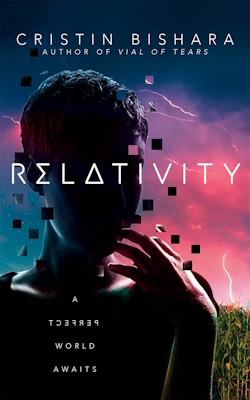
Not quite as heavy on physics theory as Einstein’s nonfiction book, the novel “Relativity” does explore the laws of time and space … as well as the even more mysterious nature of love and loss. When physics-obsessed Ruby discovers a portal into parallel universes, she begins searching for the perfect version of her own life.
If any of these books spark your child’s interest in reading about science, there is plenty more for them to explore. Consider the National Science Teaching Association’s lists of the best K-12 STEM books and Outstanding Science Trade Books for K–12. Then check our Science!, an exclusive list of fun and engaging science reads put together by Seattle Public Library children’s librarians just for ParentMap readers.
More ways to keep your scientist engagedMad Science: 10 Easy Experiments for Kids |
Editor’s note: This article contains affiliate links. If you purchase products through links on our site, ParentMap may earn an affiliate commission.









